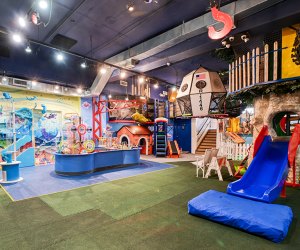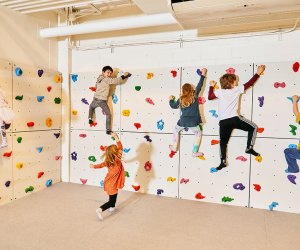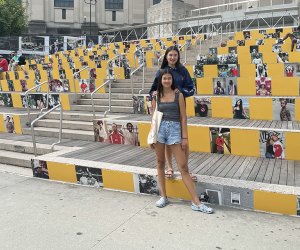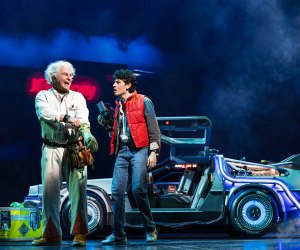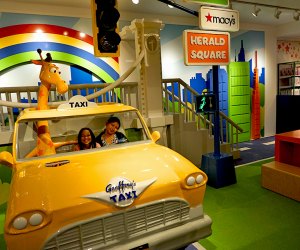Brooklyn Bridge Park Environmental Education Center - 3:00 PM Pick
Children's Museum of Manhattan - various times Pick
Camp - 11:00 AM
National Museum of Mathematics Pop Up - 6:30 PM Pick
Children's Museum of Manhattan - various times Pick
Skyscraper Museum - 10:30 AM Pick
Green-Wood Cemetery - 10:00 AM Pick
The Jewish Museum - 11:00 AM Pick
MoMA Design Store, Soho - 11:00 AM Pick
Blue Heron Nature Center at Blue Heron Park - 1:00 PM Pick
Wyckoff House Museum - 12:00 PM Pick
Wyckoff House Museum - 12:00 PM Pick
 Paley Family Day: Barbie at the Paley Museum
Paley Family Day: Barbie at the Paley Museum
The Paley Museum
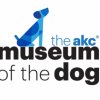 Family Art Class: Dog Mosaics
Family Art Class: Dog Mosaics
AKC Museum of the Dog
 Sail Away by Treehouse Shakers at Ailey Citigroup Theater
Sail Away by Treehouse Shakers at Ailey Citigroup Theater
Ailey Citigroup Theater
Activity Guides
- Beaches & Lakes
- Best Of Lists
- Birthday Parties
- Boats
- Boredom Busters
- Camps
- Childcare
- Christmas/Hanukkah
- City Guides
- City Hacks
- Classes & Enrichment
- Community
- Crafts & Recipes
- Earth Kids
- Easter
- Fairs & Festivals
- Fall Activities
- Family Travel
- Farms & U-Pick
- Free Activities
- GoList
- Halloween
- Holidays
- Hotels & Resorts
- Indoor Activities
- Museums
- News & Openings
- Outdoors
- Parent Talk
- Parks & Playgrounds
- Play Gyms & Sports Centers
- Pools & Spray Parks
- Preschools & Schools
- Restaurants
- Shows
- Skiing & Winter Sports
- Special Needs
- Special Occasions
- Sports
- Spring Activities
- STEM
- Stores & Services
- Summer Activities
- Theme & Water Parks
- Trains, Dinos & Heroes
- TV, Film & Movies
- Virtual
- Visitors Guide
- Weekend Events
- Weekend Trips
- Winter Activities
- Zoos & Gardens
Explore 1001 Inventions at the New York Hall of Science and Bring the Dark Ages to LIght
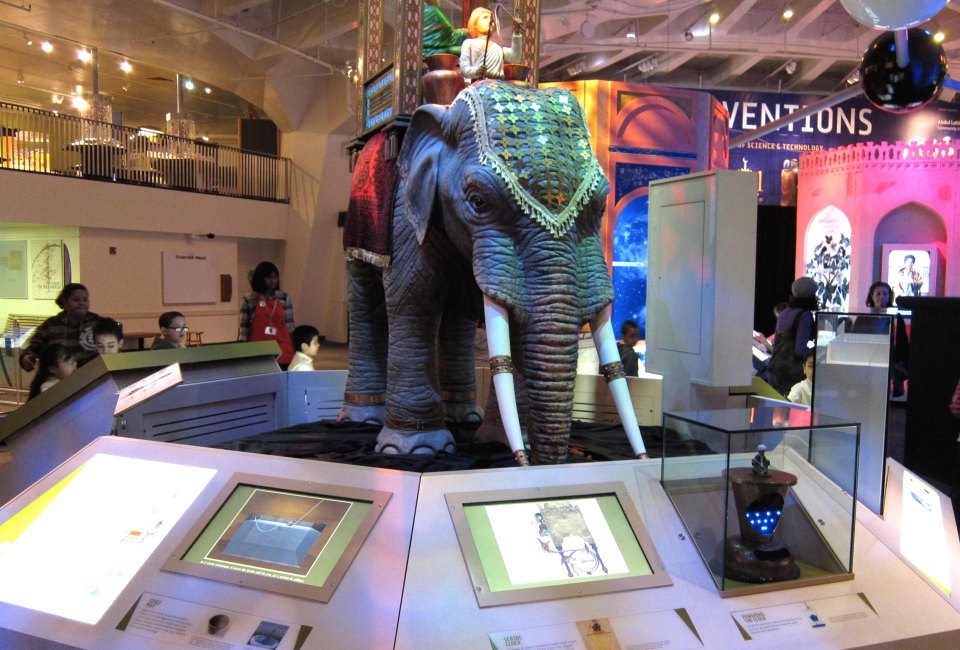
The exhibit 1001 Inventions at the New York Hall of Science in Flushing Meadows Corona Park, Queens, is a fascinating journey. It explores the far-reaching contributions that Muslim civilization made during the Middle Ages in a broad variety of scientific and technological fields. Many of these 1,000-year-old inventions continue to shape our modern life, yet their origins are often overlooked or forgotten. Medicine, astronomy, math, architecture, engineering, even gardening are all legacies of the Muslim world. This exhibit is particularly meaningful for a generation of young people whose preconceptions of Muslim culture may be dominated by images of unrest, violence and war. After visiting 1001 Inventions, you and the kids may gain a deeper appreciation for this civilization’s achievements.
OUR LATEST VIDEOS
Another important aspect of the exhibit is that it illustrates that the Muslim civilization included diverse people of many different faiths: Jewish, Christian and Muslim. These ancient peoples worked together harmoniously, in spite of their differences, with the common goal of advancing society. You will leave the exhibit with the idea that science is (and must remain) a truly global endeavor.
These are lofty concepts, but the New York Hall of Science brings it all down to earth. You will discover the golden age of Muslim Civilization in an interactive manner. Touch-screens, movies and hands-on displays are employed to keep kids focused.
1001 Inventions can be somewhat bewildering when you first walk in. It was not clear to us where to start our visit to get the most out of it. We were grateful for the presence of numerous young museum educators that are available to help answer any questions that might arise. A friendly explainer suggested that we start by viewing ”1001 Inventions and the Library of Secrets”. The kids loved this short film, narrated by Ben Kingsley. It is blatantly Harry Potter-esque, as the story involves a group of British school children as they discover the impact that the Dark Ages had on today’s society. The appealing actors and special effects had the young audience members on the edge of their seats, and nearly everyone stayed for the next screening. During the course of the film, we learned that the Dark Ages was a golden period for invention. Rudimentary cameras, surgical tools and time-keeping devices were all invented in this period, and are all very much in use today.
After our multiple viewings, we were able to delve into the different zones of the exhibit with enhanced understanding. The exhibit gave us a clear picture that early Muslim innovations in medicine, irrigation, and even spa treatment, are very much in use in the world that we live in today.
I visited the exhibit with a tween and teen. Although there were many young children at the exhibit, we all agreed that kids who are at least 8 years of age will get the most out of it. Preschoolers will enjoy the 20-foot replica of a 13th century elephant clock, and there are various displays with levers to pull and cranks to wind. But the thought-provoking concepts of this exhibit are more suited to older kids, teens and adults. 1001 Inventions runs through April 24, and is included with general admission, which costs $11 for adults, $8 for children under 18. The New York Hall of Science is free on Fridays from 2-5 p.m. and on Sundays from 10-11 a.m., through June 30. It is easy to reach via the #7 train to the 111th Street Station, then walking south 4 blocks to the museum’s entrance.
New York Hall of Science
47-01 111th Street
Queens, NY 11368
718-699-0005
Featured Local Savings

newsletters.













